Features
Spatial Stage is designed to make 3D visualization fast, simple, and stunning. Discover the key features that help you create professional visuals without the need for complicated 3D software.
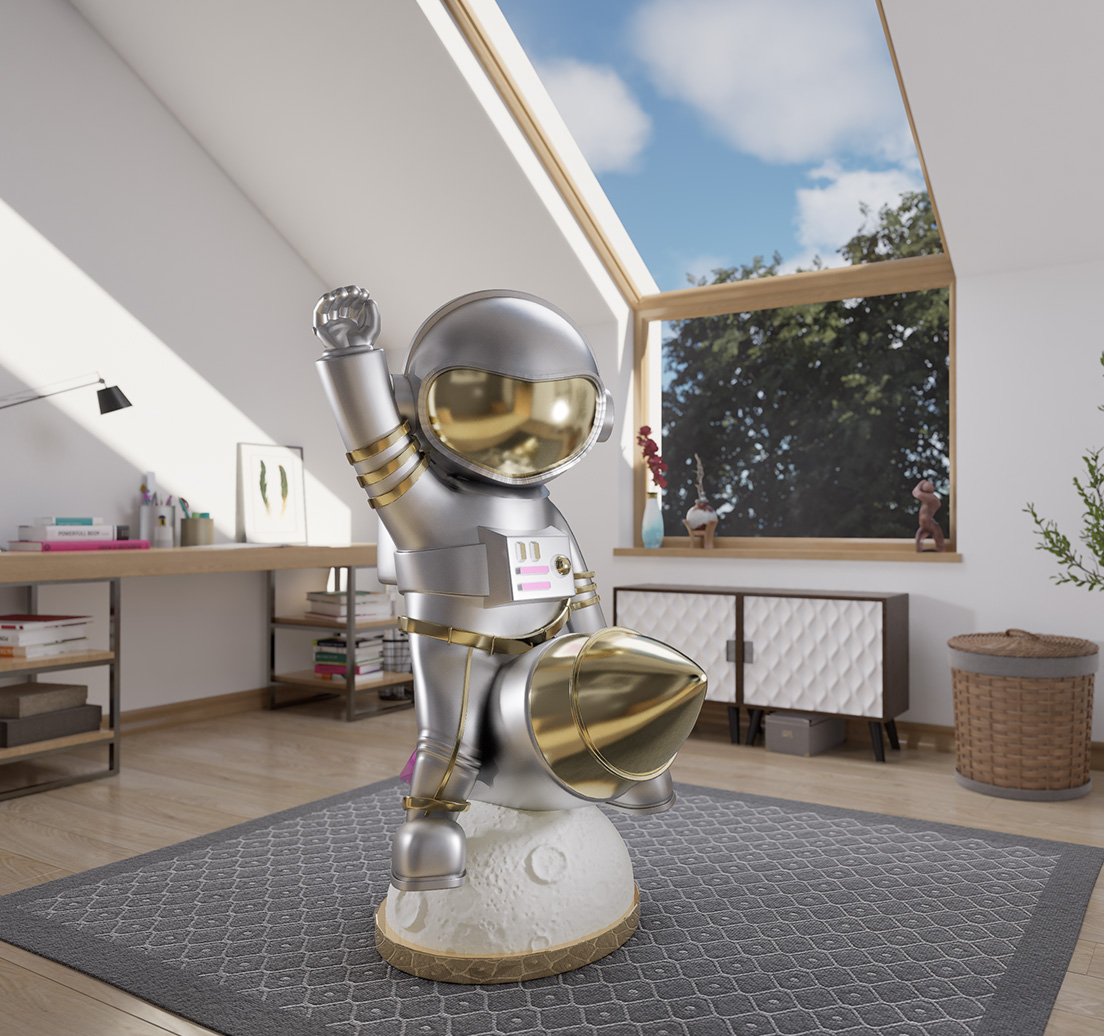
Real-Time 3D Visualization
Preview your models instantly in realistic scenes, complete with dynamic lighting and shadows. See the changes in real-time, no waiting.
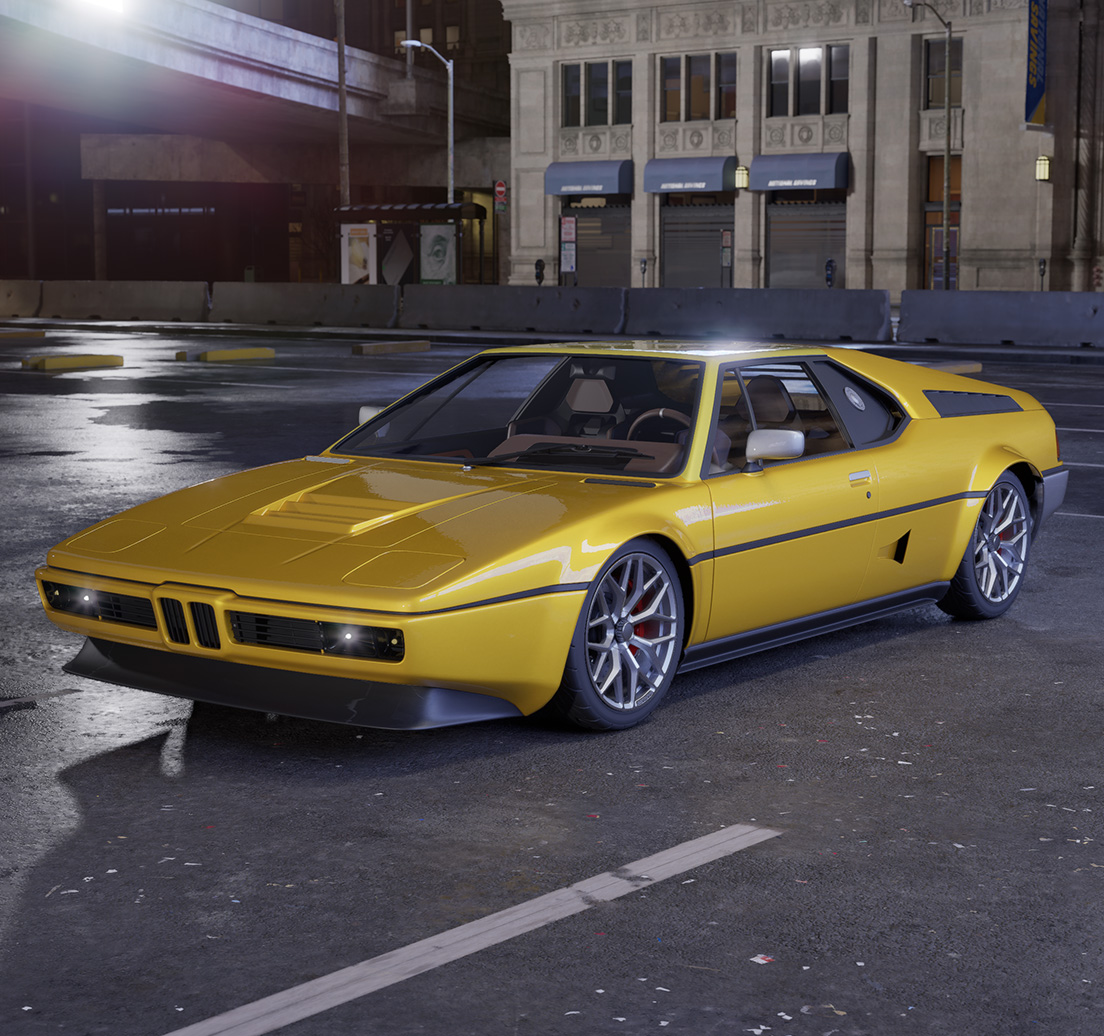
3D Model Import
Simply import your 3D models into Spatial Stage. Supported are popular file formats like FBX, OBJ, and GLB.

Ready-to-Use 3D Scenes
Choose from a library of professionally designed scenes and place your models into them within seconds. These ready-made scenes come with predefined lighting, settings, and props.
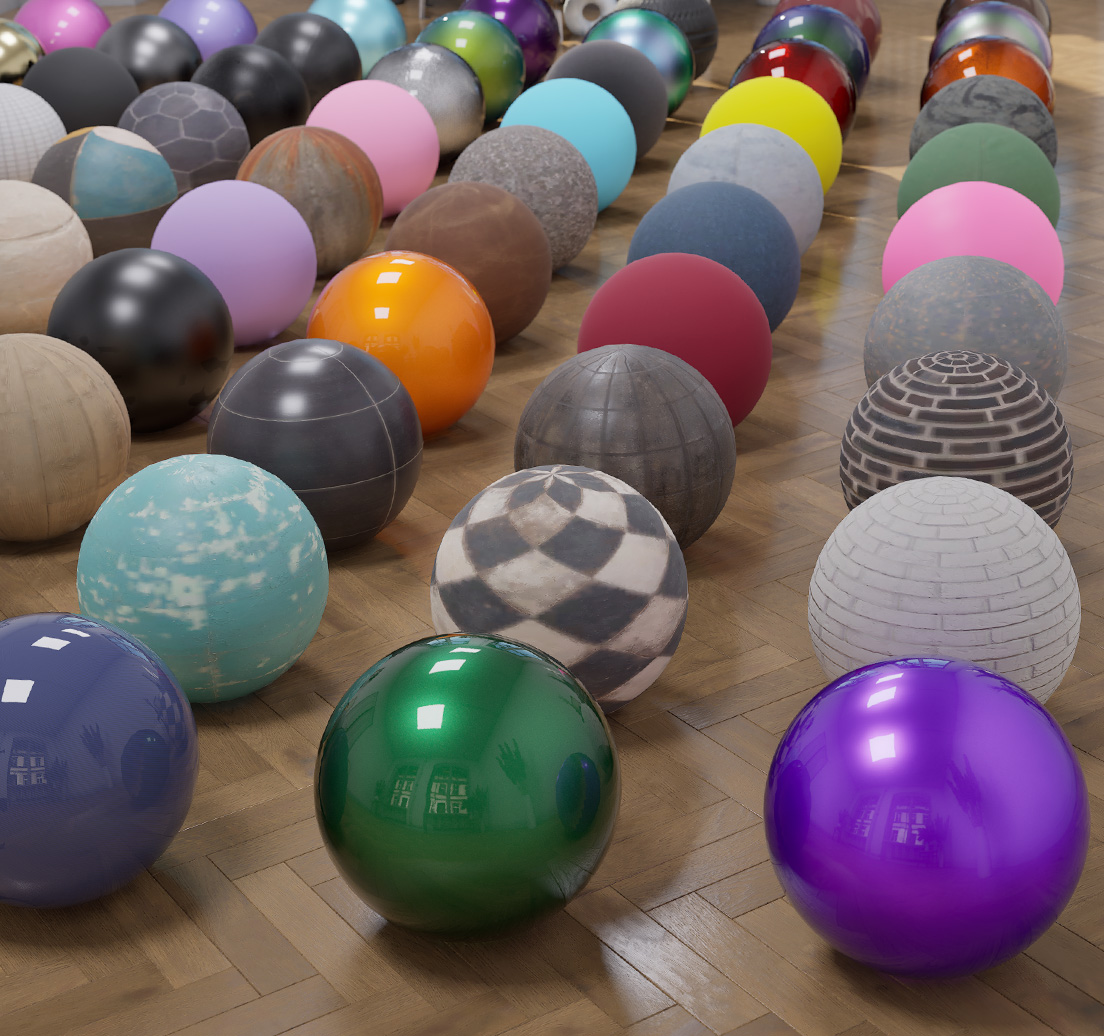
Material Library
Access a growing collection of customizable materials—including metals, plastics, wood, paint, textiles, and more. Quickly apply and preview different finishes without needing to create them from scratch.
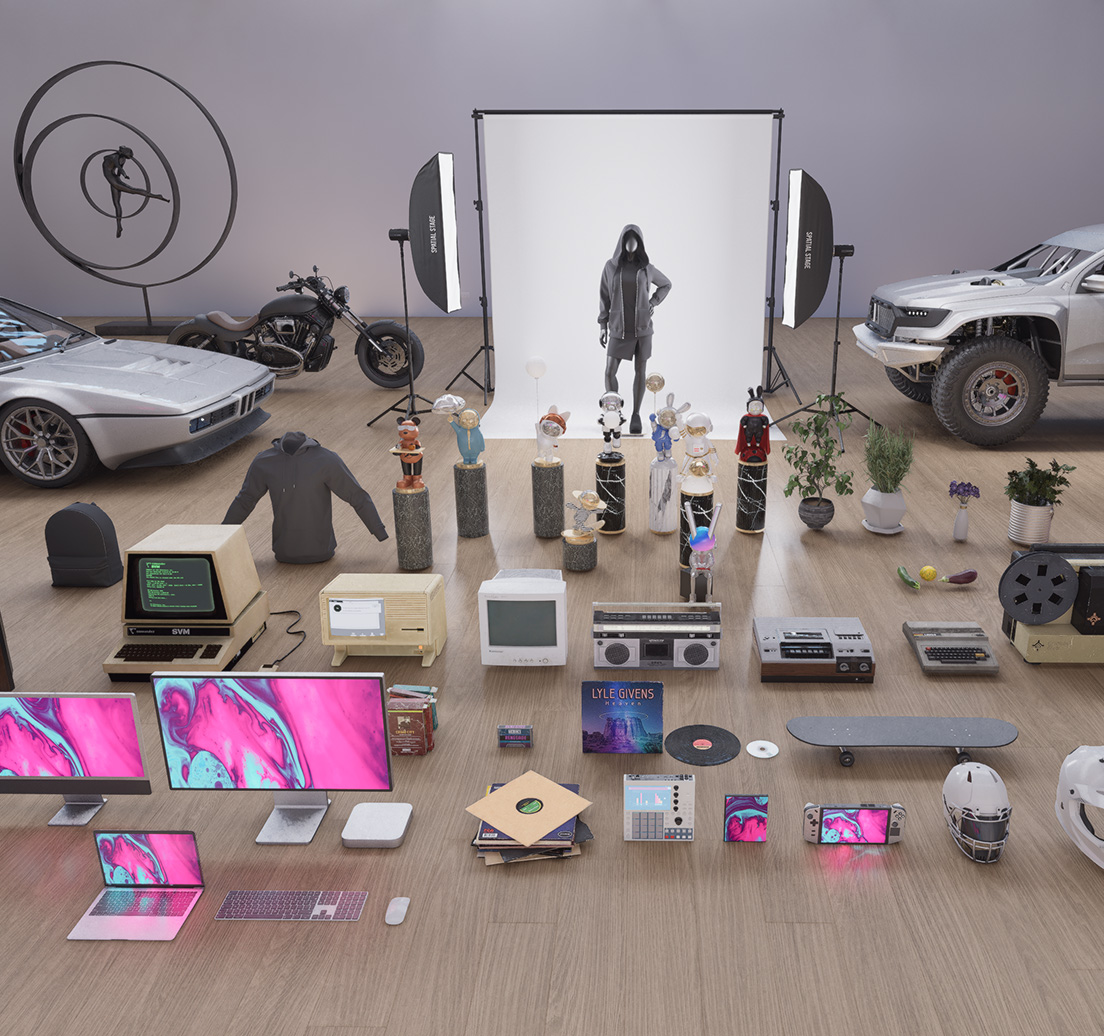
3D Asset Library
Spatial Stage includes over 500 drag-and-drop assets, like furniture, electronics, clothes, cars, packages, lights, plants, and more. Use decals to add logos, textures, or scratches to any surface.

Mock-Up Creation
Turn your scenes into high-quality mock-ups for presentations, catalogs, e-shops, or client approvals. Combine models, materials, and camera views to produce polished visuals.
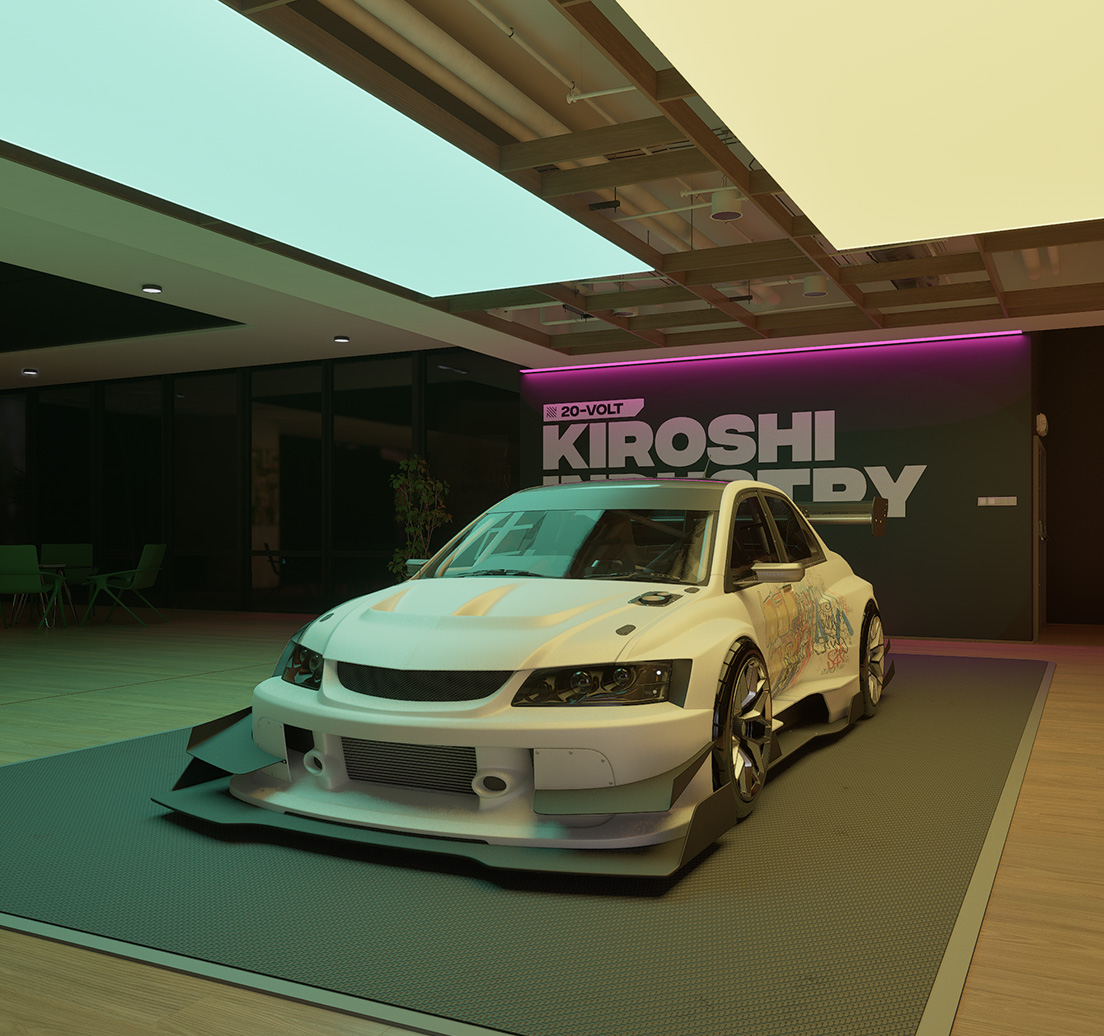
Lighting Control
Fine-tune the mood of your scene with adjustable light direction, intensity, and color. Use directional, spot, area, and neon lights to achieve the look you want without technical hassle.
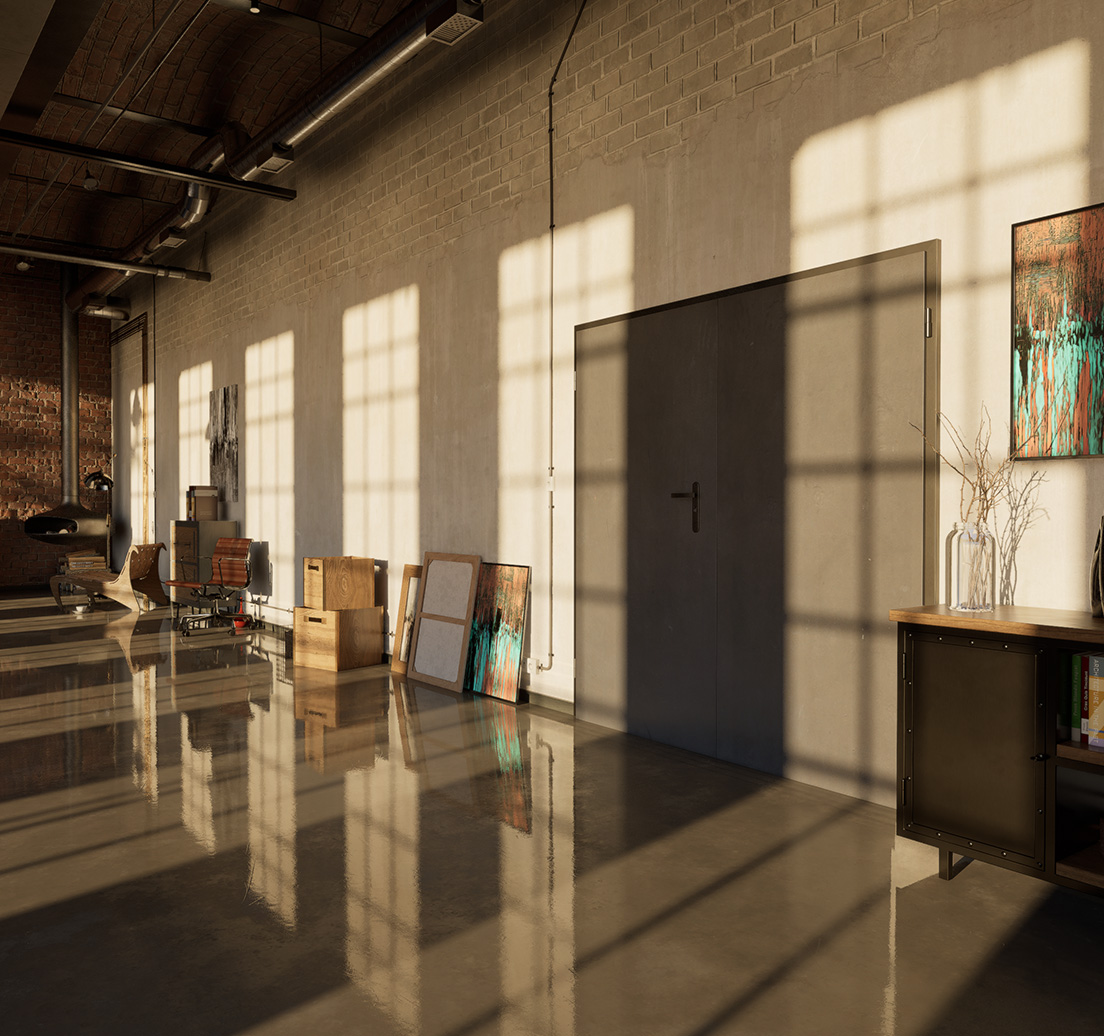
Light Simulation
Simulate real-world lighting conditions to see how your model reacts under natural or studio lights. Ideal for photographers, film makers or product designers.
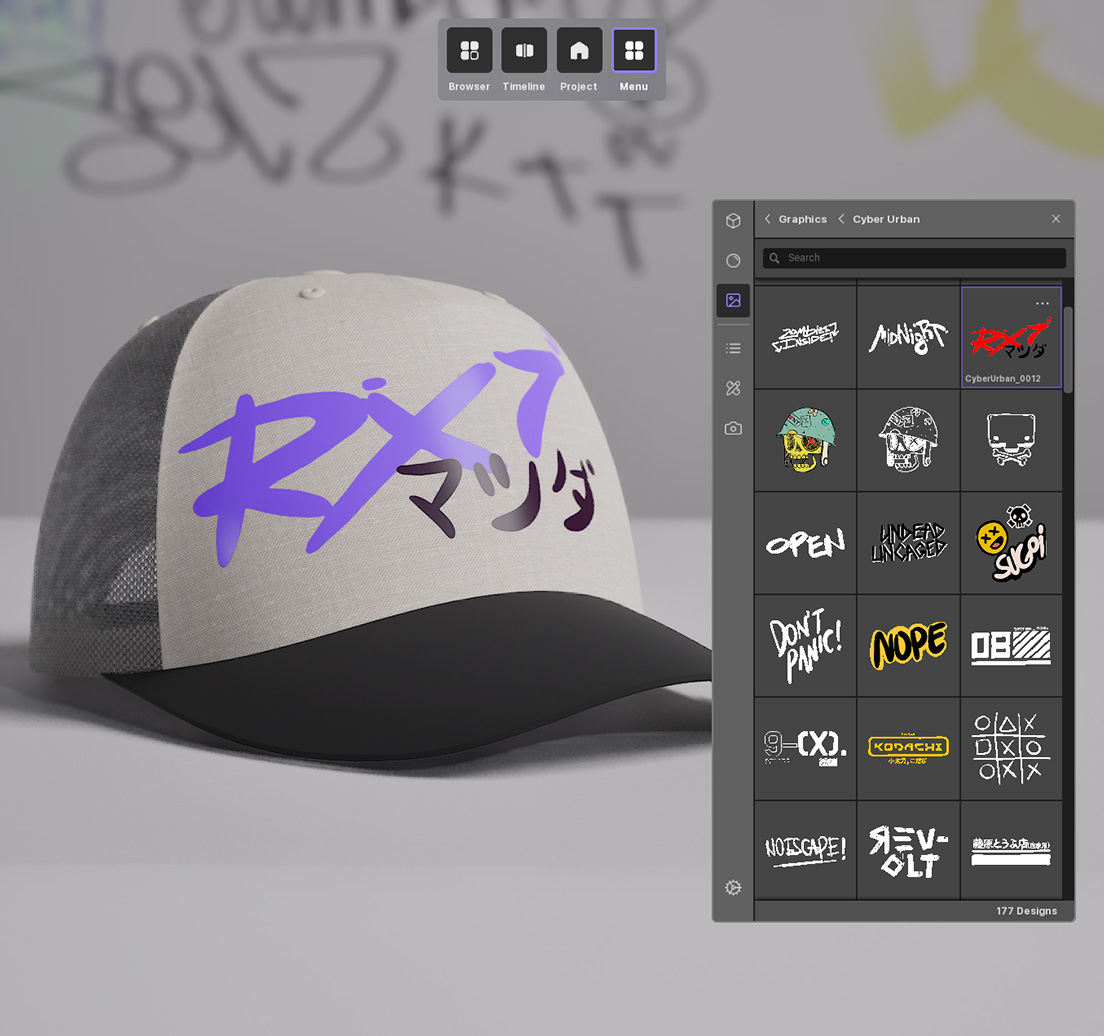
Transparent Background
Create renders of your 3D models with a transparent background. Perfect for seamless integration into presentations, marketing materials, or any design project.
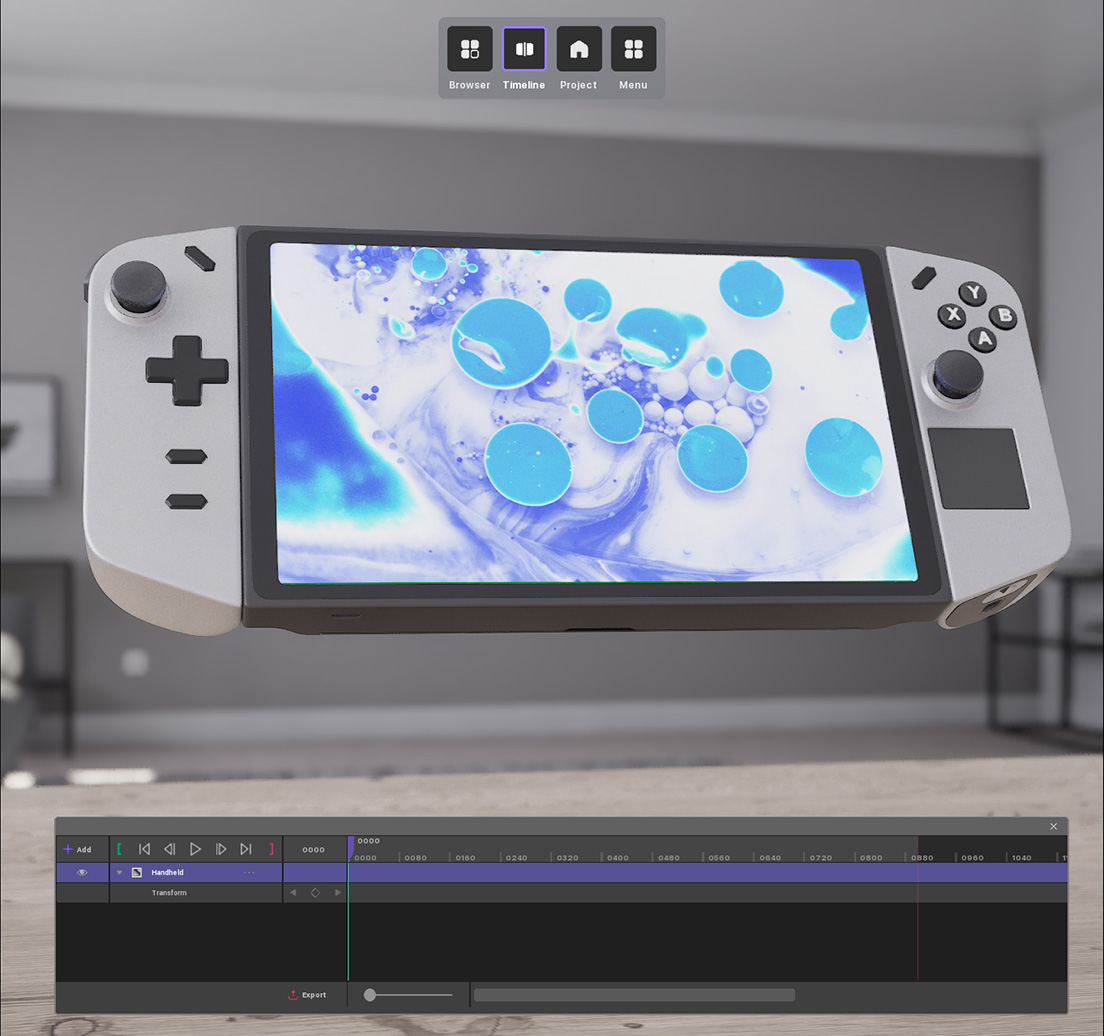
Built-in Sequencer
Easily manage animations and camera cuts. The sequencer gives you full control over what happens. Perfect for storytelling, walkthroughs, or presentation videos.
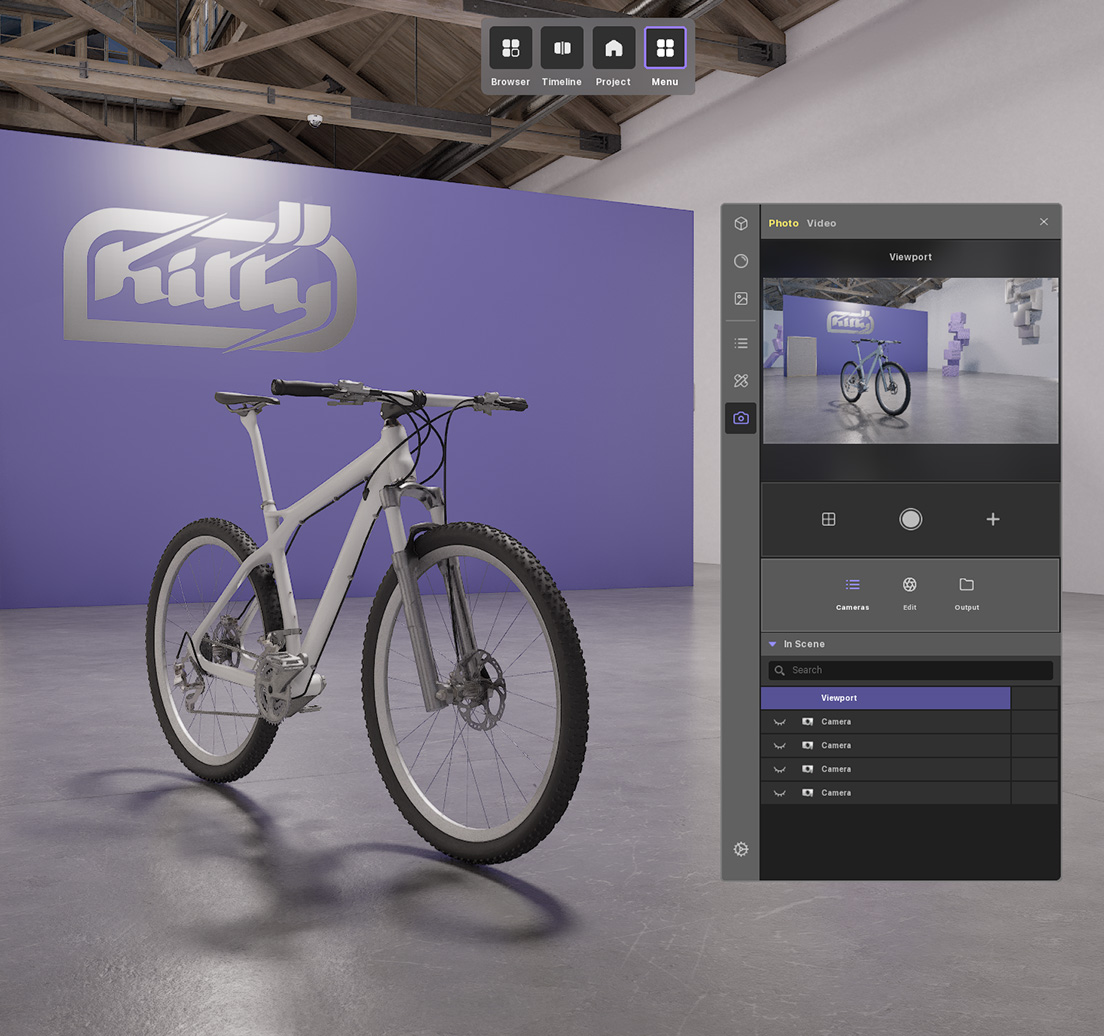
Quick Render and Export
Capture high-quality stills or export full HD videos quickly and easily, ready for presentations, marketing, or social media.

Path-Tracing Rendering
Achieve photorealistic visuals with advanced path-tracing rendering. Simulate complex light interactions, such as reflections, refractions, and shadows, to create realistic images.